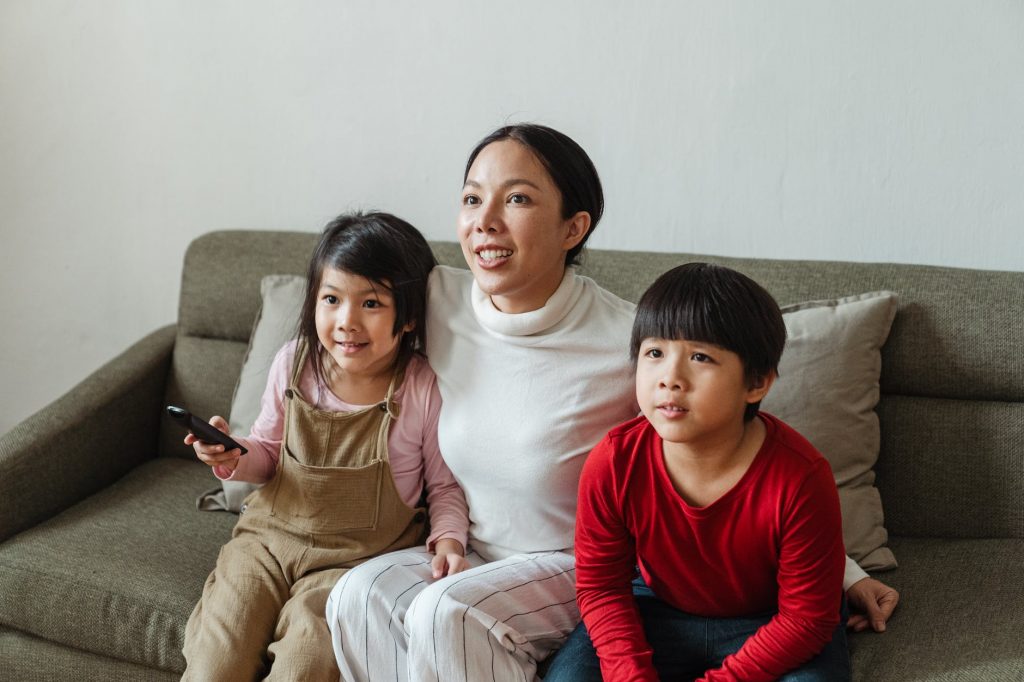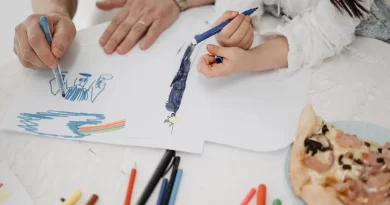Smart Ways to Use Positive Reinforcement with Your Children
When your kids perform good behavior, how do you react? Parenting is a learning process, and it can be easy to want to change or improve upon the way your child acts instead of focusing on their positive behavior and personalities.
Parents want their children to be well-behaved, use manners and have self-motivation to do their homework or chores. Many parents set up reward systems or use positive reinforcement for their children to encourage them to keep up with their good behaviors. These methods have worked for many parents, educators and even employers.
Contents
What Is Positive Reinforcement?
Positive reinforcement is a method of behavior modification. It focuses on encouraging the desired behavior by offering rewards and words of encouragement when the positive behavior occurs. Therefore, the likelihood of the behavior being repeated increases. Parents like this form of behavior modification because it foregoes harsh punishment or aversive measures.
The reward is usually something the person enjoys, so it motivates them to repeat the behavior. You or someone you know may have used this method in potty training. When the child uses the toilet rather than going in their diaper, the parent may reward them with a sticker or small treat, like candy. Each time the child uses the bathroom, they know they’ll get that reward.
There are three other types of reinforcement, which include negative reinforcement, positive punishment and negative punishment. The reinforcements use consequences to encourage a behavior, while the punishments tend to discourage a particular behavior.
Here are some smart ways to use positive reinforcement with your children to get desired behaviors with, hopefully, fewer tantrums!
Acknowledge the Positive Behavior ASAP
When you see your child in the act of doing something positive, acknowledge that behavior right away. Give praise or a reward immediately. Waiting until later won’t help your child connect between their behavior and the reward or words of praise.
Additionally, if you wait, it gives your child more time to start another inappropriate behavior. You can even acknowledge the behavior before your child does it. For example, if your child heads to the kitchen with a dirty dish, you can say, “Great! I love that you know to put your dirty dish in the sink when you’re finished.”
Create a List of Already-Known Good Behaviors
Write down positive things your child already does well every day. This could include brushing their teeth, making their bed, finishing their homework, caring for their pet or cleaning up after themselves.
Once you’ve written them down, plan to notice them. After they’ve completed these behaviors, thank them and notice their efforts. Continue reinforcing these behaviors. From then, remove one of the things from the list and replace it with a task your child needs to work on for the following weeks so you know to use positive reinforcement when they do those as well.
Point Out Their Good Qualities
Positive reinforcement is used when children do a specific task, and you can also use it for your child’s good qualities or personality. Make sure to point out their good qualities, which might include:
- Responsibility
- Kindness
- Self-motivation
- Compassion
- Honesty
There are many more attributes that your children may encompass. Be sure to point out their good qualities!
Praise the Process
Of course, the result of a goal or task is something to be celebrated, but you should praise the process as well. As your child is accomplishing something, point out their hard work in the process.
For example, if your child is building a tower, use expressions like “Wow! You’ve put a lot of time and effort into that” rather than “That’s a great tower.” Praising their actions and giving them more resounding words will help improve their behavior.
Choose a Valuable Reward
Make sure you pay attention to what kinds of rewards resonate with your child. Before promising a certain reward, like candy, a new plush toy or a trip to the park, make sure that the reward is something your child wants.
If you choose a reward with no value to your children, they’ll be less motivated or less likely to do a particular good behavior. You should personalize the reward for each of your children, and it should have meaning. Although the value of the reward may seem incredible to you, you should have your child place the value.
Provide Words of Encouragement
Words of encouragement and positive affirmations mean a lot to a child. Sure, a child may remember that they got to go to the zoo because of their positive behaviors, but if you continue to provide them with positive words, they’ll take that to heart and remember it even more.
Praise further encourages good behavior. Make sure to praise your child frequently and immediately. Additionally, make it specific rather than saying “good job.” Be genuine with all of your praise.
Use Physical Acknowledgment and Affirmation
Finally, you can use physical affirmations in addition to words of encouragement. Offer your kids a high-five or a hug for completing their chores or modeling positive behaviors.
Some kids take physical acknowledgment better than verbal affirmation. Choose what type is best for your children based on their personalities and likings.
Positive Reinforcement for Positive Kids
Be sure to focus on the good behaviors as you use positive reinforcement. It can be easy to give attention to unwanted behaviors, but as you get the hang of giving attention to positive behaviors, the process will become more natural. Besides, using positive reinforcement leads to a positive household!




